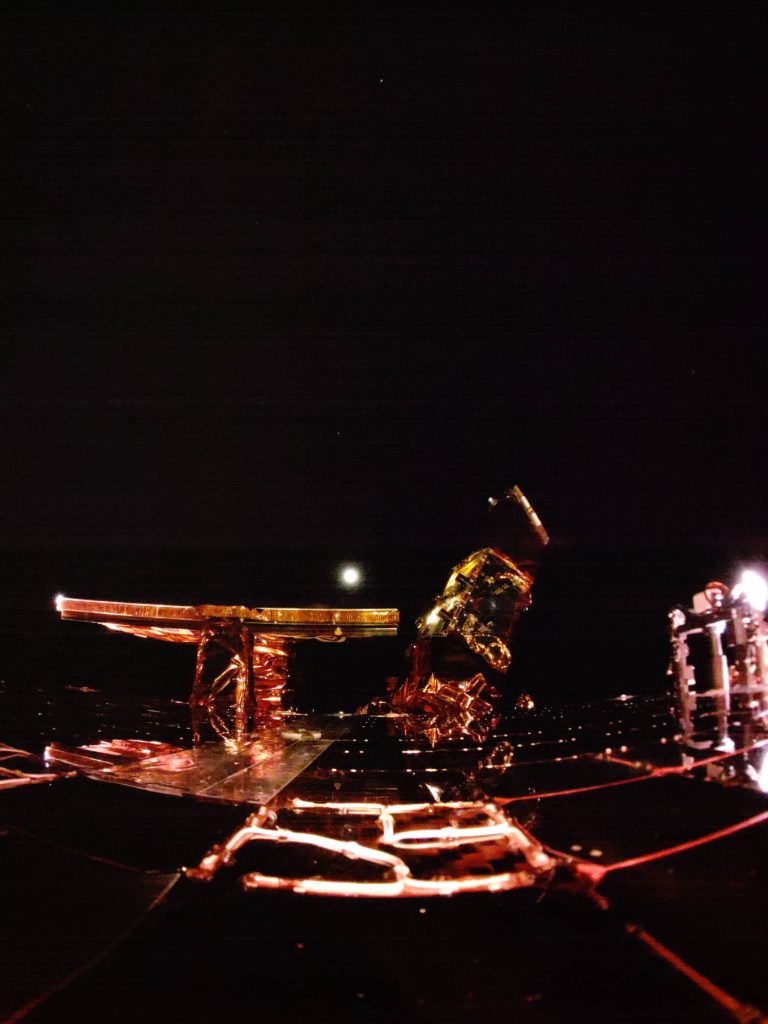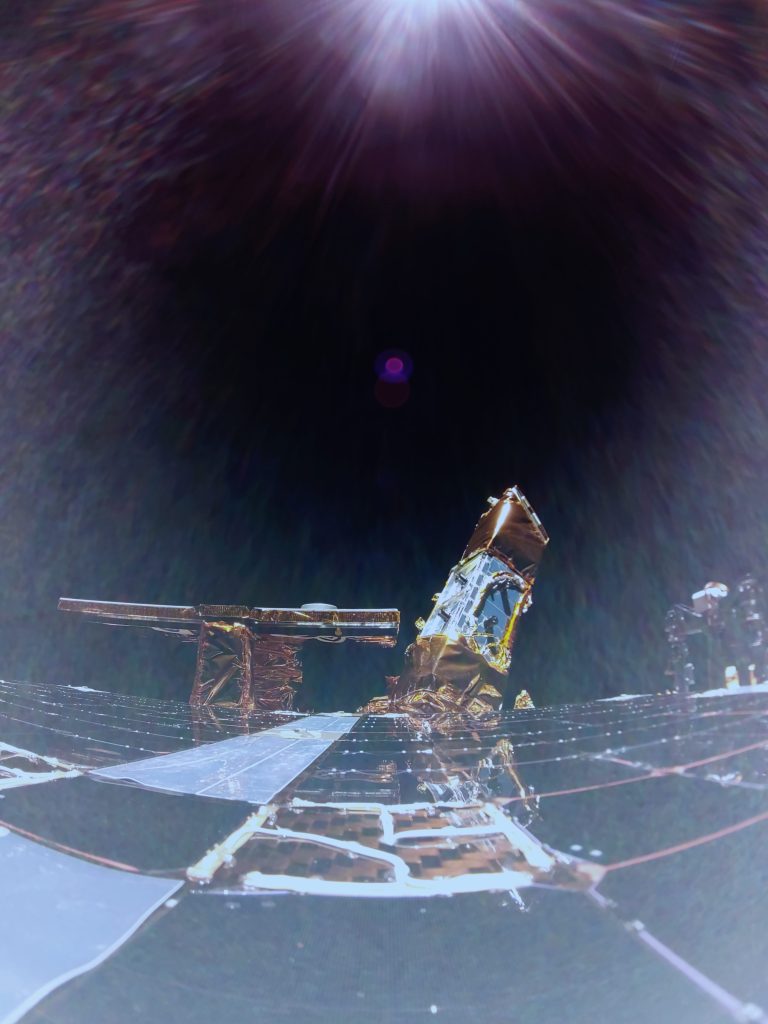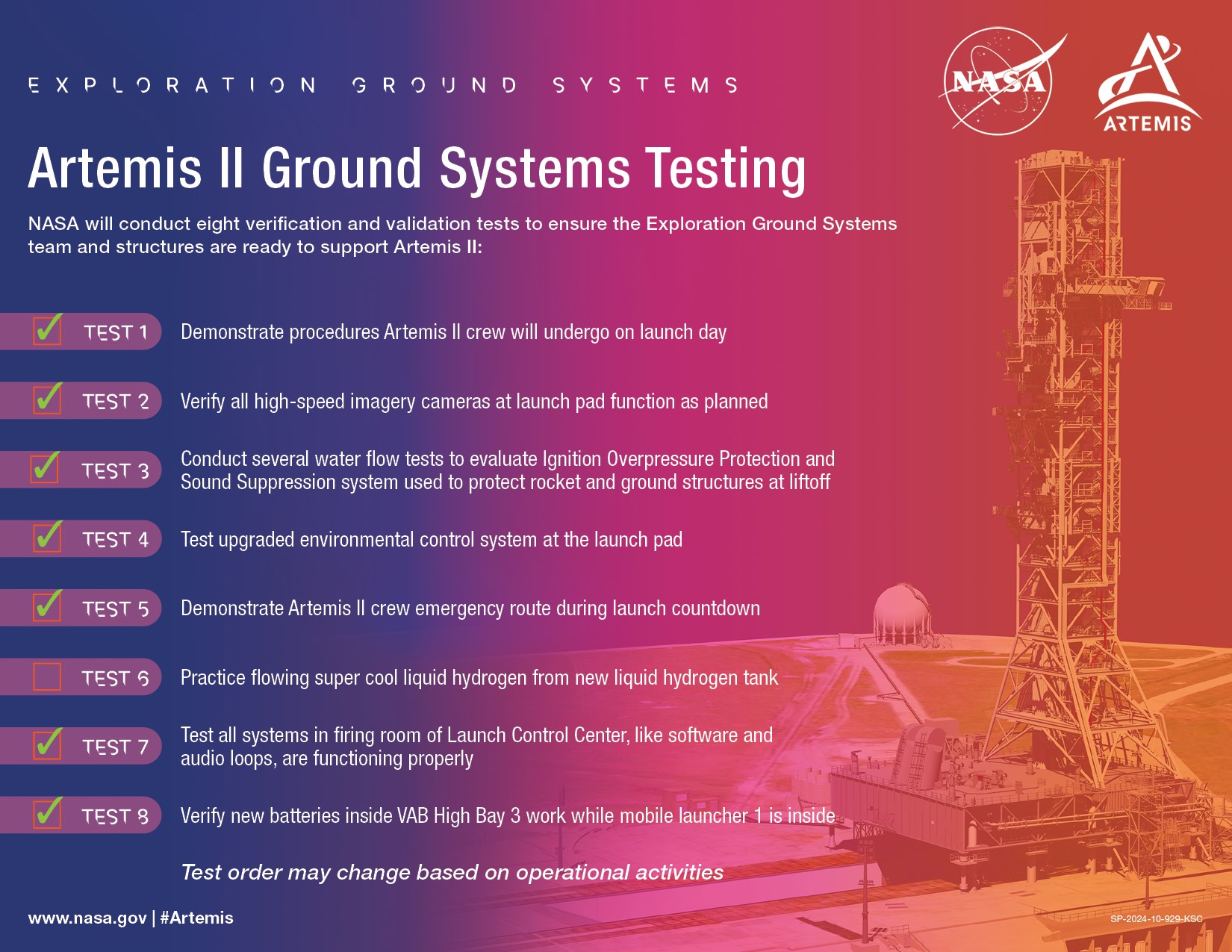Firefly’s Blue Ghost Mission 1 reached day 15 of its 45-day transit to the Moon. The Stereo Cameras for Lunar Plume-Surface Studies (SCALPSS) 1.1 instrument, designed by researchers at NASA’s Langley Research Center in Hampton, Virginia, to capture images during the spacecraft’s lunar descent and touchdown, successfully received high-resolution test images from all six of its cameras.
Four cameras have a short focal length and aim to capture images of the interaction between Blue Ghost’s rocket plumes and foot pads with the Moon’s surface. Two of the cameras have a long focal length and aim to capture images of the surface before the rocket plume interaction. These images will help the SCALPSS team observe the effects before and after landing. Some images were captured during the cameras’ test run.
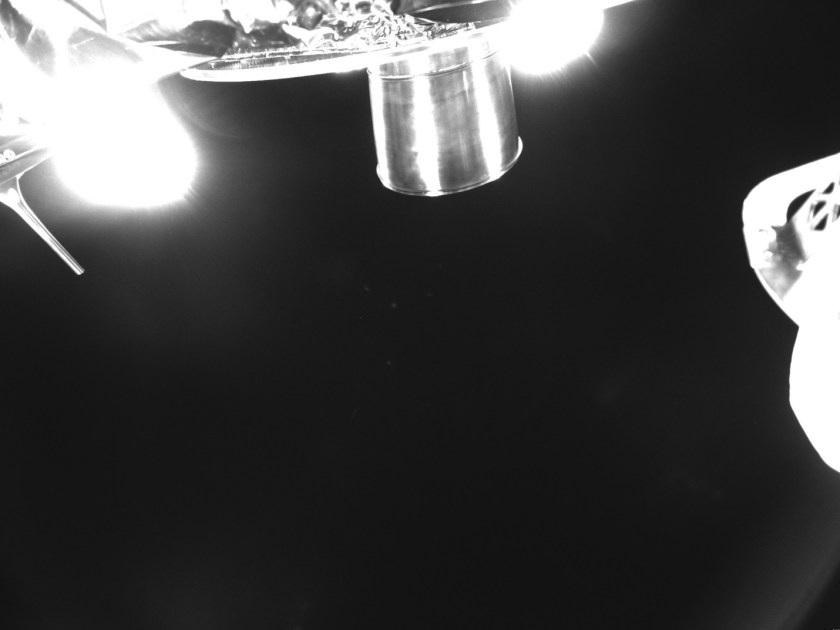
As trips to the Moon increase and the number of science and tech instruments touching down in proximity to one another grows, researchers need to accurately predict the effects of landings. These test images demonstrate that the hardware is functioning well and is capable of collecting images of plume-surface interactions upon lunar touchdown.
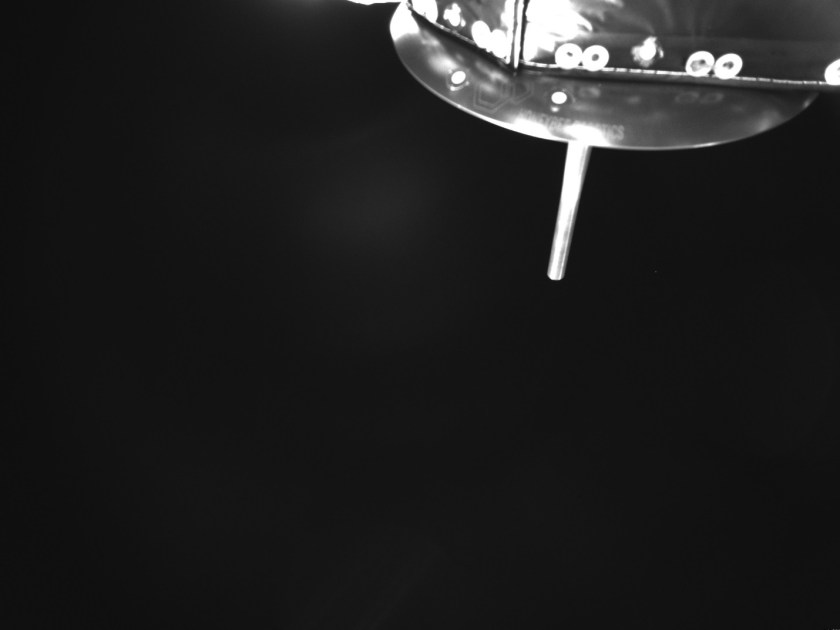
Follow along on NASA’s Artemis Blog as Blue Ghost Mission 1, carrying the agency’s science and technology, continues its journey to the Moon. Additional mission updates can also be found on Firefly’s Blue Ghost Mission 1 page.

